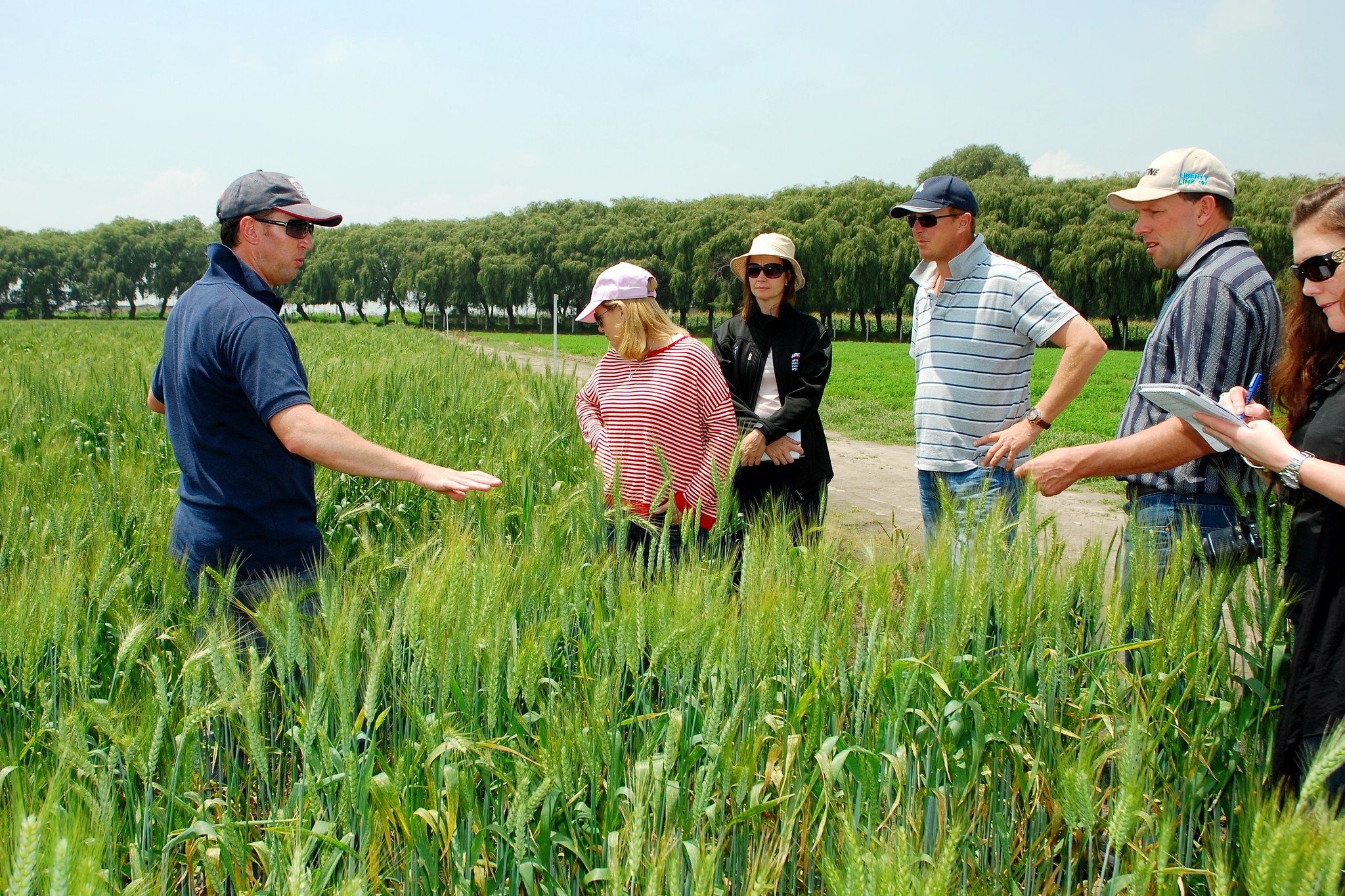

Doing Well by Doing Good – a snapshot of benefits

The Crawford Fund recently commissioned two reports, the first, “Australian Gains from Investment in International Agricultural R&D 2010 – 2020: Doing Well by Doing Good” focused largely on the economic benefits delivered by investment in international agricultural R&D. The second “The Benefits to Australia and to the Global Community from Investing in International Agricultural Research and Development,” delved into the associated social, environmental and diplomatic outcomes of international agricultural research initiatives and investments in capacity building.
Despite the proof positive from benefit-cost analyses finding a ratio of 10:1 on investment, and the less quantifiable social, environmental, and diplomatic benefits in-country and to Australia of investing in international agricultural research for development (Ag4Dev), the proportion of Australia’s development-assistance budget receives is only around 2.5 percent. We firmly believe it is in Australia’s interests to increase the proportion of its development-assistance budget invested in Ag4Dev.
The findings of these reports are delivered in a series of easy-to-read factsheets produced to explain to those new to Ag4Dev the key issues and benefits.
Fact Sheet 1:
There’s often some misunderstanding on the amount of development assistance funding Australia gives to Ag4Dev. This fact sheet Australia’s investment in international agricultural research and development pays its way explains how our small investment of around 2.5 percent of the foreign aid budget reaps big economic returns not only for overseas farmers, but how Australia’s agricultural productivity directly benefits from Ag4Dev through access to new crop varieties, management technologies, and new biosecurity knowledge just to name a few.
ACIAR projects and Crawford Fund training involve collaboration between staff of Australian universities and research agencies and our overseas counterparts. This results in new knowledge and skills being captured by all involved, including Australian researchers. Additional benefits from investing in international agricultural research include building scientific capacity, protecting and restoring natural resources, strengthening biosecurity, improving the environment, and empowering women.
Fact Sheet 2:
We wanted to detail exactly how Australian farmers also benefit from aid-funded international agricultural R&D. This resource explains how Australia’s agricultural productivity directly benefits from international Ag4Dev with a number of examples including:
- Slowing zoonotic diseases – Well before the COVID-19 pandemic, Australian agricultural aid was invested in research aimed at addressing diseases transmitted from animals to humans, including malaria in Indonesia; antimicrobial resistance in Fiji; and bird flu in Cambodia, Laos, and Vietnam.
- Oyster-farming improvements – ACIAR’s work on oyster farming in Vietnam has increased the income of producer families, while building the scientific capabilities of local and Australian researchers, resulting in Sydney rock oysters with better disease resistance, growth, and meat condition.
- Battling Panama disease – work supported by Australian agricultural aid has been part of the global battle against Panama disease, which can devastate banana crops.
Fact Sheet 3:
This fact sheet, Building sustainability and resilience through international R&D explains the many environmental benefits of Australia’s investment in international Ag4Dev. Diminishing investment in such research and capacity building holds grave consequences for low-income countries experiencing rapid population growth; and suffering more severe impacts from climate change, land degradation, and the COVID-19 pandemic than wealthier countries.
Managing natural resources more sustainably not only promotes Australia’s international environmental credentials, but research and capacity building that helps developing countries to implement agricultural practices that protect and restore their natural resources means their agriculture will be more sustainable in the long run. Sustainable agriculture delivers improved food security, reduces poverty, and means developing countries are better able to mitigate and adapt to climate change.
Fact Sheet 4:
Dispelling myths about international agricultural research and development bust some of the myths about international Ag4Dev – including that such investment is at the expense of local research receiving funding and that giving agricultural assistance to developing countries threatens Australia’s export markets.




